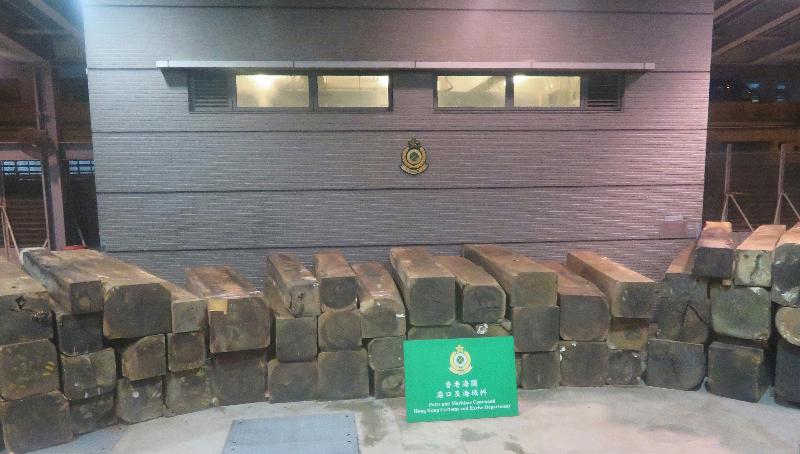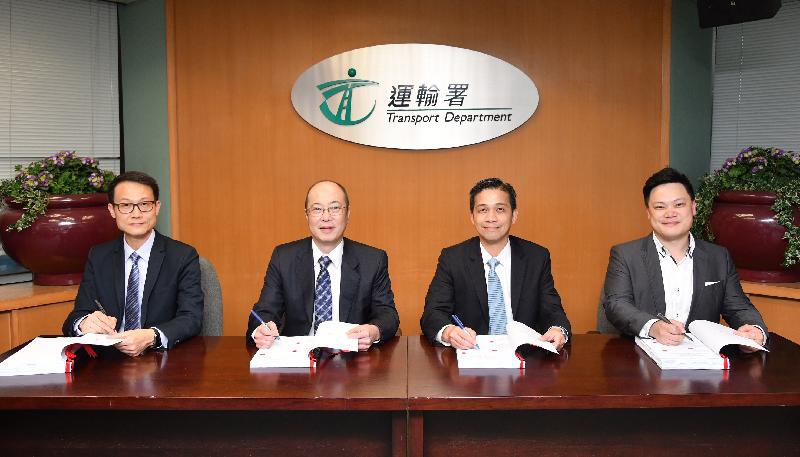The Civil Service Bureau (CSB) made the following pay offers, effective retrospectively from April 1, 2019 to the staff side of the four civil service central consultative councils today (June 11):
(a) a pay increase of 4.75 per cent for civil servants in the upper salary band and the directorate, subject to the pay points referred to in (i) and (ii) below the dollar values of which should be as specified:
(i) Master Pay Scale (MPS) 34 at $74,515 and MPS 35 at $75,265; and
(ii) General Disciplined Services (Officer) Pay Scale (GDS(O)) 20 and Police Pay Scale (PPS) 36 at $74,390, and GDS(O) 21 and PPS 37 at $75,135; and
(b) a pay increase of 5.26 per cent for civil servants in the lower and middle salary bands.
"Having regard to the increasing payroll cost of increments (PCIs) over the past ten years and its impact on the net pay trend indicators (PTIs)(Note), the Chief Executive-in-Council (CE-in-Council) also decided that from the 2019-20 civil service pay adjustment onwards, the respective average PCIs for each salary band from 1989-90 (i.e. the year when the relevant deduction arrangement was first implemented) to 2019-20, or the actual PCIs for the particular salary band for the year, whichever is the lower, will be adopted for deriving the net PTI for that salary band," a spokesman for the CSB said.
According to the relevant decision, as the average PCIs from 1989-90 to 2019-20 for the upper, middle and lower salary bands (at 1.04 per cent, 1.03 per cent and 1.16 per cent respectively) are all lower than the actual PCIs for the respective salary bands (i.e. 1.21 per cent, 1.21 per cent and 2.19 per cent), the aforementioned average PCIs will be adopted for calculating the net PTIs for 2019-20, which will be 4.75 per cent, 5.26 per cent and 4.16 per cent for the upper, middle and lower salary bands respectively.
"The CE-in-Council has considered the pay offers in accordance with the established mechanism. According to the usual practice, since the 2019-20 net PTI for the lower salary band is lower than that for the middle salary band, the CE-in-Council decided that the pay adjustment for civil servants in the lower salary band should be 'brought-up' to the same level of the net PTI for the middle salary band. The pay offer for directorate civil servants follows the arrangement for civil servants in the upper salary band," the spokesman said.
The above decisions were made by the CE-in-Council after considering all relevant factors under the established annual civil service pay adjustment mechanism, including:
* the net PTIs;
* the state of Hong Kong's economy;
* changes in the cost of living;
* the Government's fiscal position;
* the pay claims of the staff side; and
* civil service morale.
"After the CE-in-Council considers the response from the staff side and makes a decision on the 2019-20 civil service pay adjustment, the Government will submit the pay adjustment proposal to the Legislative Council Finance Committee for consideration as soon as possible," the spokesman added.
Note: In line with the established mechanism, the respective civil service PCIs are deducted from the gross PTI of each salary band from the Pay Trend Survey to derive the net PTI.




